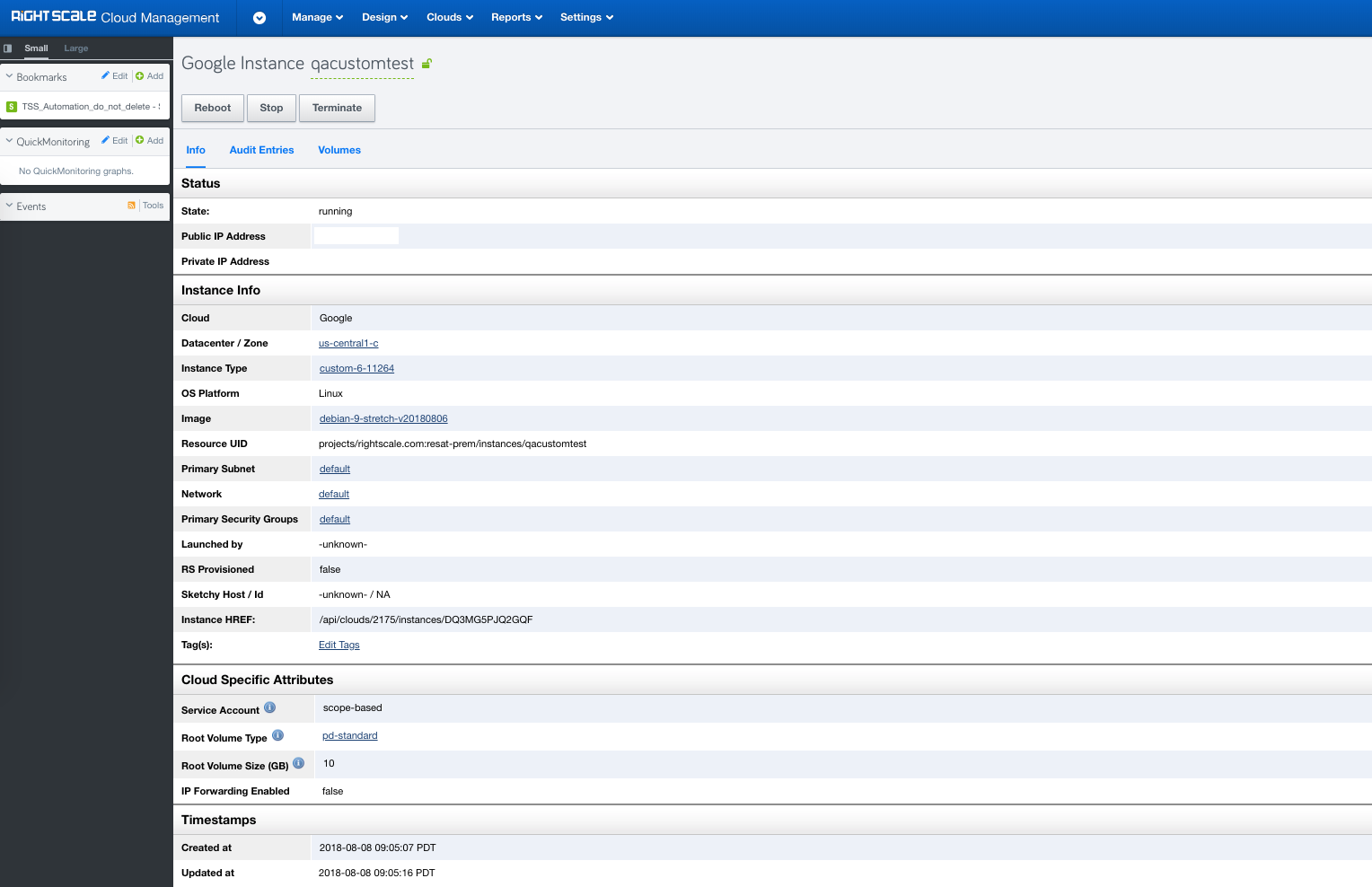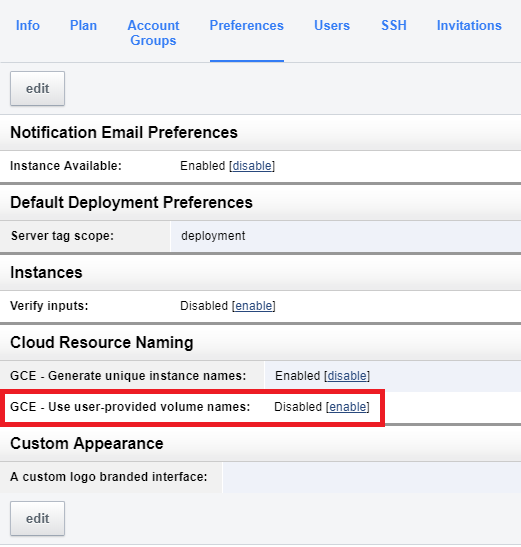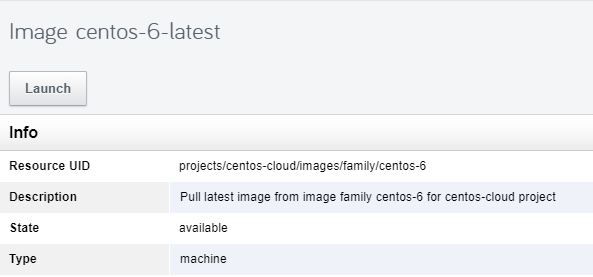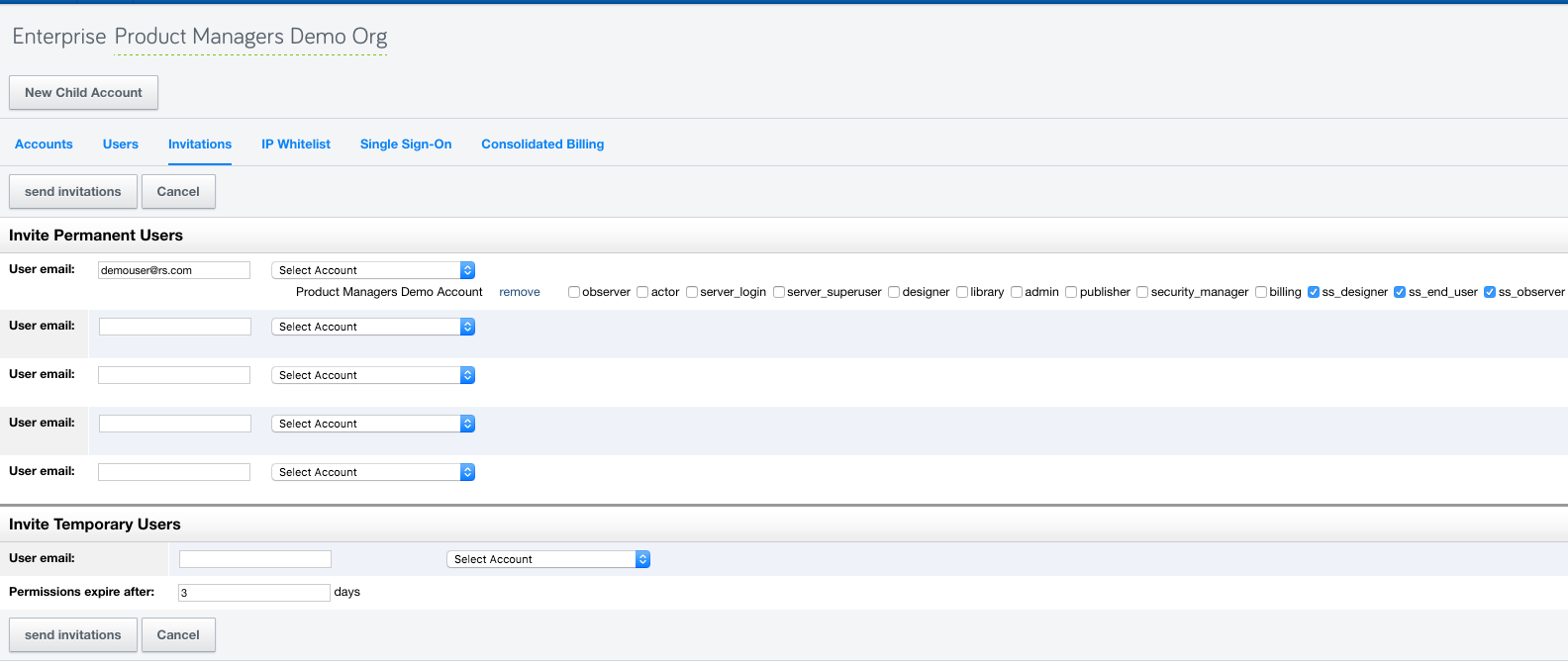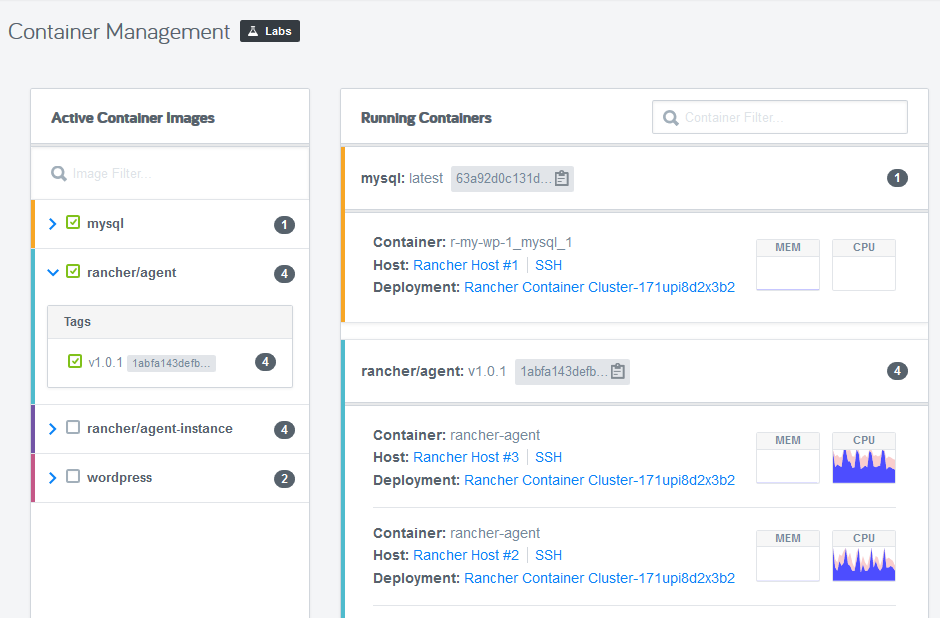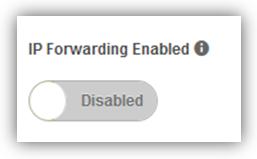New Features
Account Overview - The Account Overview feature is now enabled for all customer accounts.
TSS Monitoring - We have switched all customer accounts to the new monitoring system – TSS. This change will allow you to do a lot more with your monitoring system data in the future.
Note: If you construct your own monitoring URLs you may need to update them. Previously, you could submit data points through collectd by using the hostname sketchyX-Y.rightscale.com (e.g., sketchy1-1.rightscale.com). With TSS, new instances will be assigned to tssX-Y instead of sketchyX-Y. You will now have to submit your data points to tss-collectdX-Y.rightscale.com. This change does not impact those using our RightScript/Recipe without modification, nor does it impact instances that are still assigned to the legacy sketchyX-Y.
